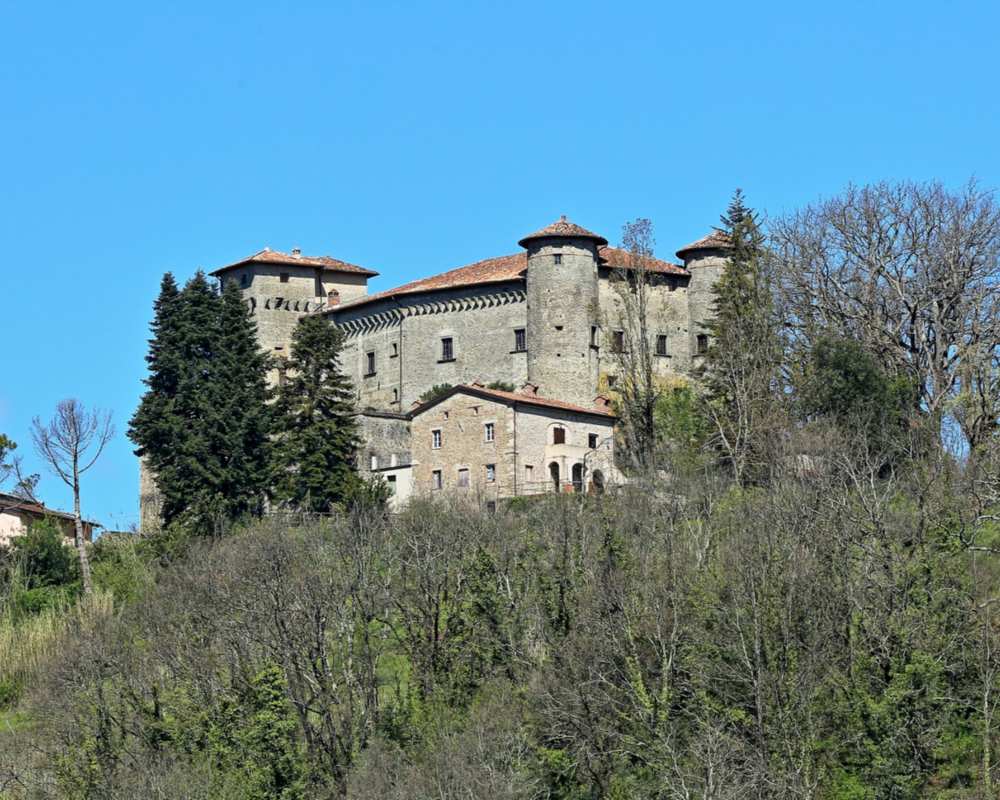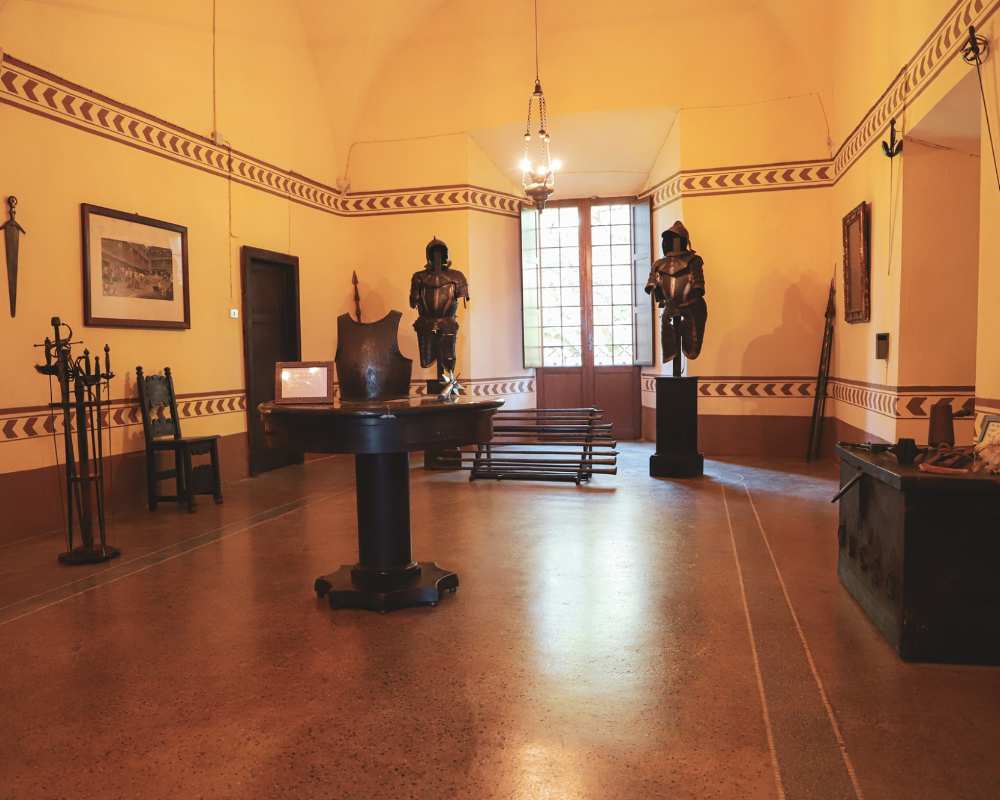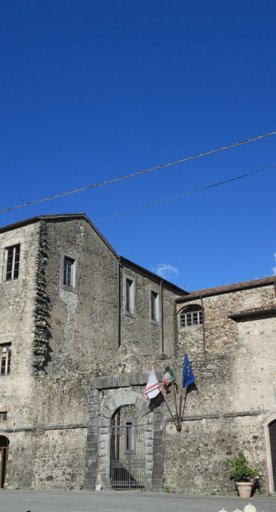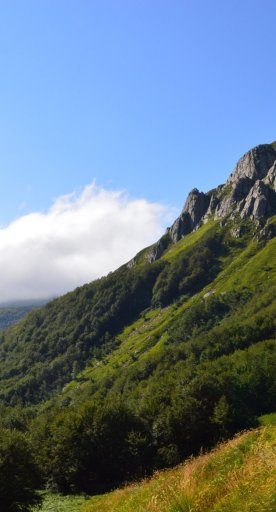
Malaspina Castle in Monti
The ancient defensive fortress along Via di Linari in Lunigiana
Since the 11th century, the Malaspina Castle in Monti in Licciana Nardi has dominated the Taverone Valley, controlling the communication routes directed towards the Apennines.
Among its peculiarities, there is that of being, together with the Castle of Fosdinovo, the only dwelling to have remained in the properties of the descendants of its first feudal lords!
Some of the most evocative accounts include one by Carlo Caselli in "Lunigiana ignota" (Lunigiana unknown) in 1933, when he was a guest of Marquis Torquato Malaspina:
“...Salgo al castello, una delle più interessanti costruzioni feudali della Lunigiana [...] la sola dimora signorile lunigianese entro cui si può vivere e respirare ancora come in un lembo di medioevo.
Il grande salone, la biblioteca, la sala d’armi, la pinacoteca, le sale da giuoco, ogni angolo dell’abitato è studiatamente in armonia coi tempi feudali…"
("...I go up to the castle, one of the most interesting feudal constructions in Lunigiana [...] the only stately home in Lunigiana within which one can still live and breathe as if in a patch of the Middle Ages.
The great hall, the library, the hall of arms, the art gallery, the game rooms, every corner of the habitation is studiously in harmony with feudal times...")
The castle in history

Around the 11th century, in the middle Taverone Valley in Lunigiana along the Via di Linari, the important transit route that led from Emilia-Romagna and the Lagastrello Pass to the valley and the Via Francigena, the original nucleus of the Castle of Monti was built probably by the Este family of Ferrara, who had well understood the strategic opportunity of being able to control the traffic of goods, merchants and pilgrims on the so-called Salt Roads that connected the Po Valley with the Tyrrhenian Sea, and vice versa.
When around 1200 the Val di Magra entered the dominion of the Malaspina family, the Monti Castle initially became part of the Malaspina fiefdom of Villafranca. In 1449 it was attacked and conquered by the expedition of Galeotto di Campofregoso and by the Genoese, to remain for 14 years under their Lordship and then return to the property of the Malaspina family.
In 1524 it was the object of the aims of Giovanni delle Bande Nere who, almost for fun, kidnapped the Marquis Spinetta with his entire large family. Only in 1535, the castle finally became an autonomous fiefdom with Moroello Malaspina, first marquis of the newly established feud, who decided to elect the castle as a noble residence and he made numerous changes to it.
The new look sees the building enlarged and transformed from a simple defensive fortress to a marquis residence. He was also responsible for the construction of the rooms on the first floor, the fortified village and the large and evocative panoramic terrace.
The castle today

After the huge damages caused by the disastrous earthquake of 1920, the castle was promptly rebuilt and faithfully restored in the damaged parts, maintaining the structural and stylistic characteristics of what had been Moroello's residence almost five centuries earlier.
Today, the castle is still owned by the descendants of Moroello Malaspina, who furnished it, and it is open to the public with a calendar of annual guided tours.
The object of the visits are the large internal rooms of the castle, some of which are characterized by vaulted ceilings and enriched by fireplaces and portals carved in sandstone, while others host private collections of 18th century prints and Renaissance weapons. Also very evocative are the two round towers facing east in the direction of the important Apennine passes.
Not to be missed is the panoramic terrace, from which it is possible to enjoy a breathtaking view over the mid Val di Magra, the Apennines, the Apuan Alps and the surrounding green valleys.

